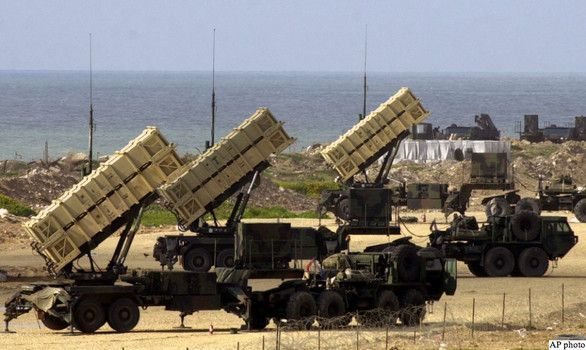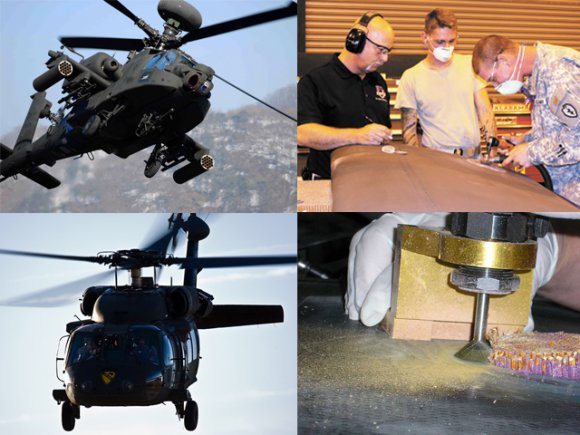The Burke Chair is issuing a fully updated version of the second volume in a new series of reports on the Gulf Military Balance. The new volume is called The Gulf Military Balance, Volume Two: The Nuclear and Missile Dimensions.
Volume Two builds on, updates, and expands previous Burke Chair reports on the military balance in the Gulf. It addresses missiles in terms of their capabilities in conventional and asymmetric warfare as well as US, Arab Gulf, and allied options for missile defense. At the same time, it analyzes Iran’s nuclear and other WMD programs, its possible use of nuclear-armed missiles, and US, Arab Gulf, and Israeli options for deterrence, containment and preventive strikes.
The report shows that Iran’s current missile and rocket forces help compensate for its lack of effective air power and allow it to pose a threat to its neighbors and US forces, which could affect their willingness to strike on Iran if Iran uses its capabilities for asymmetric warfare in the Gulf or against any of its neighbors. Iran’s steady increase in the number, range, and capability of its rocket and missile forces has increased the level of tension in the Gulf and in other regional states like Turkey, Jordan, and Israel. Iran has also shown that it will transfer long-range rockets to “friendly” or “proxy” forces like the Hezbollah and Hamas.
At a far more threatening level, Iran has acquired virtually every element of a nuclear breakout capability except the fissile material needed to make a weapon. This threat has already led to a growing “war of sanctions” and Israeli and US threats of preventive strikes. At the same time, the threat posed by Iran’s nuclear programs cannot be separated from the threat posed by Iran’s growing capabilities for asymmetric warfare in the Gulf and along all of its borders.
It is far from clear that negotiations and sanctions can succeed in limiting Iran’s ability to acquire nuclear weapons and deploy nuclear-armed missiles. At the same time, this report shows that military options offer uncertain alternatives. Both Israel and the US have repeatedly stated that they are planning and ready for military options that could include preventive strikes on at least Iran’s nuclear facilities, and that US strikes might cover a much wider range of missile facilities and other targets.
A preventive war might trigger a direct military confrontation or conflict in the Gulf with little warning. It might also lead to at least symbolic Iranian missile strikes on US basing facilities, GCC targets or Israel. At the same time, it could lead to much more serious covert and proxy operations in Lebanon, Iraq, Afghanistan, the rest of the Gulf, and other areas.
Furthermore, unless preventive strikes were reinforced by a lasting regime of follow-on strikes, they could trigger a much stronger Iranian effort to actually acquire and deploy nuclear weapons and/or Iranian rejection of the Nuclear Non-Proliferation Treaty (NPT) and negotiations. The US, in contrast, might see it has no choice other than to maintain a military overwatch and restrike capability to ensure Iran could not carry out such a program and rebuild its nuclear capabilities or any other capabilities that were attacked.
The end result is that Israel, the US, and Arab states cannot choose between preventive war and containment. Unless Iran fundamentally changes its present course, the choice is between either preventive strike and containment or containment alone. Preventive strikes may be able to delay Iran for a given period of time, but if Iran seeks to rebuild it nuclear capabilities, Israel, the US, and Arab Gulf states will have to strengthen their missile and other defenses, develop great retaliatory capabilities and/or restrike every new Iranian effort to move towards nuclear weapons.
At the same time, the report shows that a nuclear arms race already exists between Israel and Iran – albeit one where only Israel now has a nuclear strike capability. The practical problem this raises for Iran – and for stabilizing this arms race – is that it will face a possible Israeli first strike option until it can secure its nuclear armed forces.
This pushes it towards a concealed or breakout deployment and an initial phase where it would have to launch on warning or under attack until it has a survivable force. It then must compete with powers with far larger stockpiles and boosted and thermonuclear weapons until it can create a more sophisticated force of its own. The options will result in a high-risk arms race, particularly during its initial years, for all sides and will do so regardless of the level of containment.
The report addresses these issues with a wide range of tables, charts, maps, and quotations from Iranian, US, and other sources.
Click here for Full Report in PDF format











